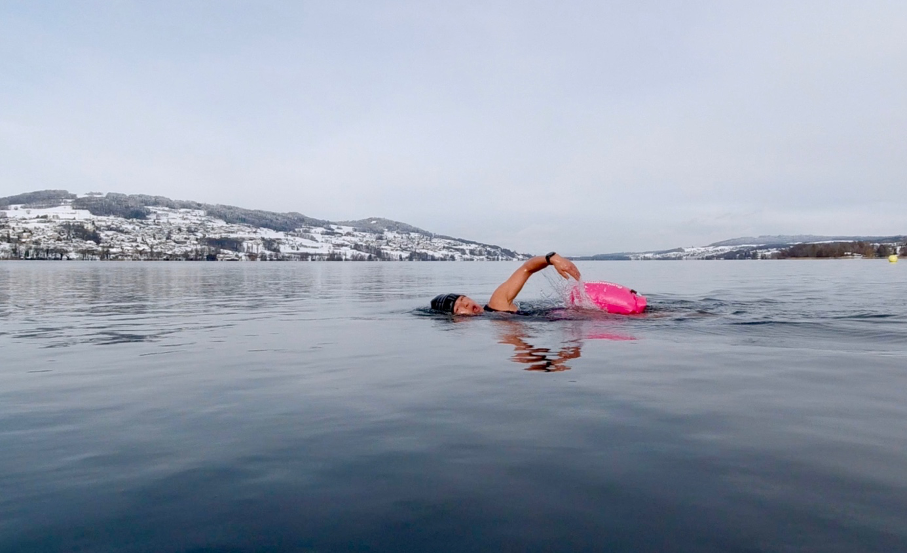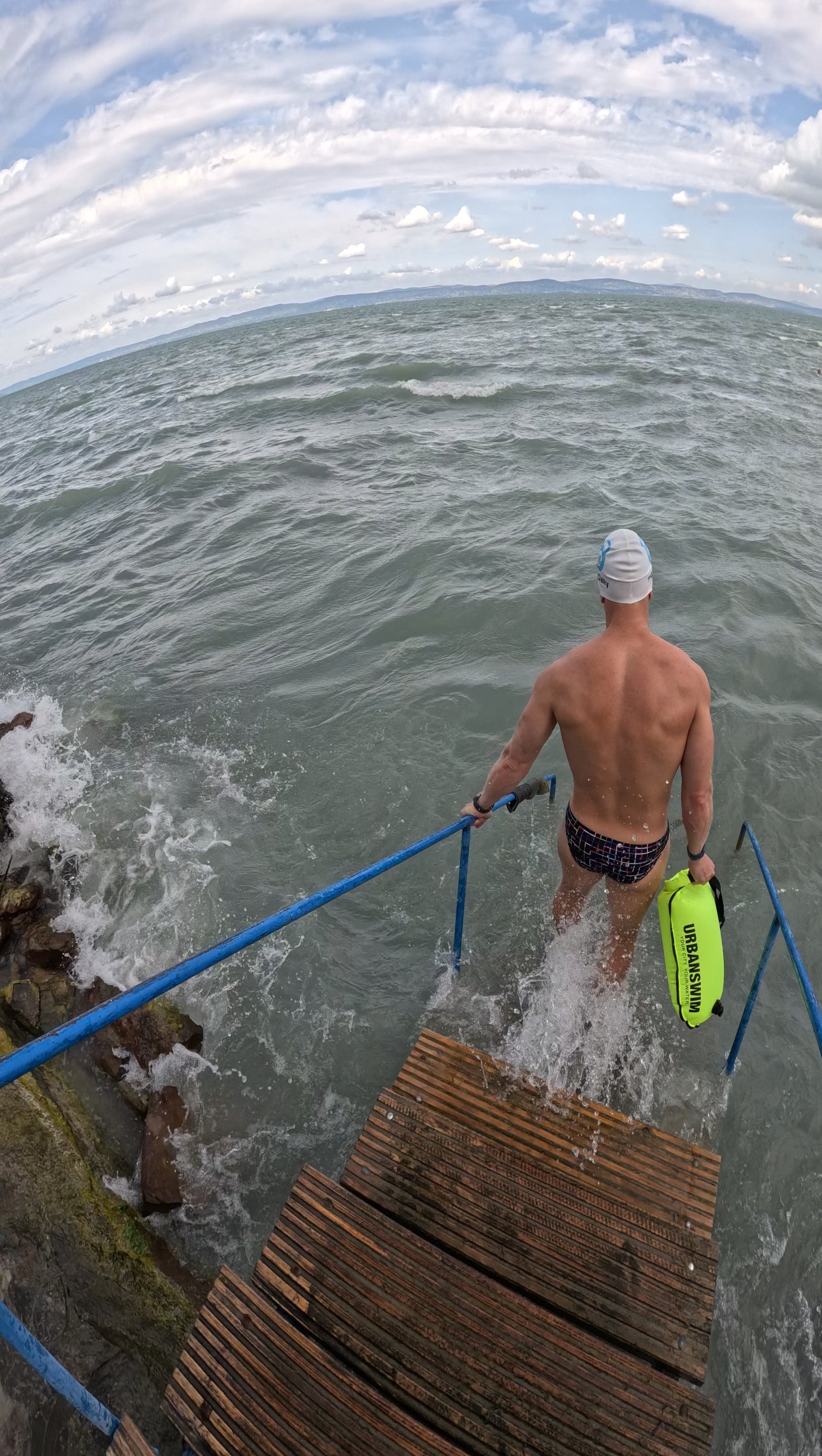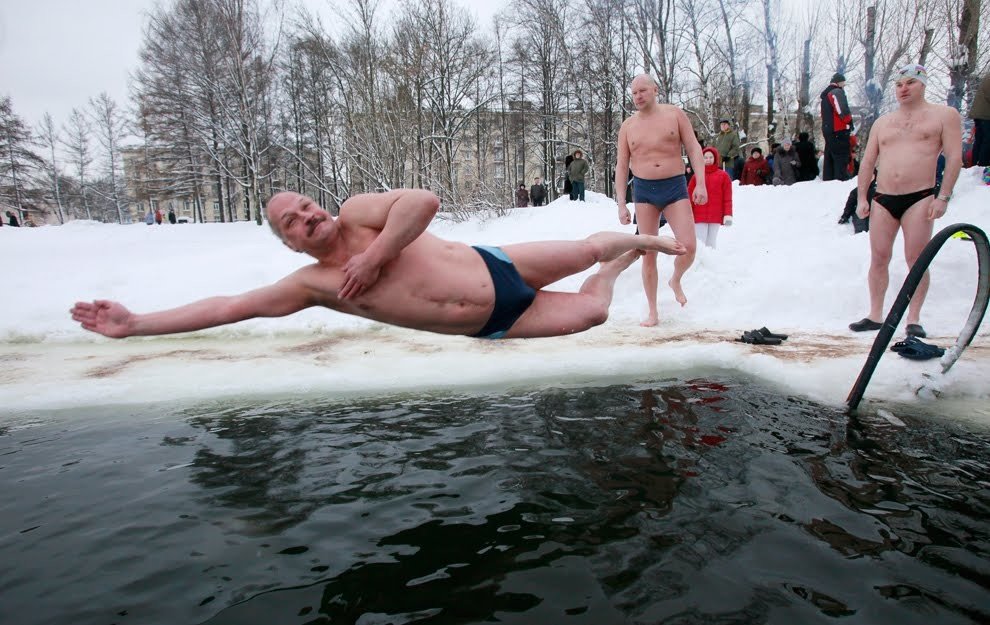How to Safely Prepare for Cold Water Swims: A Guide to Acclimatization
/5.0C / 41.0F unassisted, with a silicon cap, pair of goggles and standard swimming costume
Cold water swims like the English Channel, North Channel, SCAR, and Lake Tahoe challenge swimmers not only with distance but with frigid water temperatures, often below 60°F (15.5°C). For these swims, wetsuits are not allowed, making cold acclimatization essential to both performance and safety. Cold water training prepares the body for the physiological stress of low temperatures while reducing the risk of hypothermia, cold water shock, and other potential health issues. This blog explores the evidence - both scientific and anecdotal—behind cold water swimming acclimatization, how long it takes to prepare, and best practices for swimmers seeking to take on such challenges.
Evidence for Cold Water Acclimatization
Gold coast Pond Palisade Tahoe Mountain OCtober 55F/12C
1. Physiological Adaptations
There is a significant amount of research on how the body responds to swimming in cold water. The process of cold water acclimatization helps the body adjust to stressors such as cold shock, which is the initial involuntary gasping and hyperventilation when entering cold water, and longer-term exposure to frigid temperatures.
One well-known adaptation is the increase in peripheral vasoconstriction, which limits heat loss by reducing blood flow to the skin's surface. Studies also show that cold-induced thermogenesis, or the production of heat within the body, increases after repeated exposure to cold environments. Over time, swimmers may experience a blunted cold shock response, enabling them to breathe more steadily in cold water.
2. The Role of Brown Adipose Tissue
Lake Seneca 60F/15C
Some scientific evidence suggests that exposure to cold water swimming can stimulate the development of brown adipose tissue, a type of fat that generates heat when activated by cold exposure. BAT is more prevalent in cold-adapted mammals and humans who frequently engage in ice swimming, although its significance varies from person to person. While brown fat may assist with cold tolerance, its effects in athletes preparing for ultra-cold swims are still being studied.
3. Anecdotal Evidence and Traditional Practices
39F/4C
Much of the understanding of cold acclimatization comes from anecdotal evidence. Experienced swimmers of long-distance swimming events such as the English Channel emphasize the importance of gradual exposure.
The Polar Bear Clubs and winter swimmers, such as the "ice dippers" in Scandinavia, offer further insights. These communities have practiced cold water immersion for decades, often touting health benefits like improved circulation and mental clarity. While scientific backing for these claims is mixed, these groups demonstrate that the human body can adapt to regular cold water exposure over time.
Preparing for Cold Water Swims
Brighton Beach, NY 42F/5C
1. Gradual Exposure
The best way to get used to cold water swimming is through gradual progression. Begin by swimming in water just a few degrees cooler than you're accustomed to and slowly increase exposure times. This trains your body to handle the cold while improving your mental resilience.
Start Early: Cold water acclimatization can take several months. Ideally, start training in cooler water 6 to 12 months before the swim.
Frequency Matters: Consistency is key. Aim for 3-4 cold water sessions per week, increasing duration as your body adapts.
2. Cold Showers and Baths
Cold Shower Bucket 37F/3C
For those who don’t have access to cold water environments year-round, cold showers or ice baths can help simulate cold water conditions. While this doesn’t completely mimic open water conditions, it does help train your body's initial cold shock response. Some athletes report that frequent cold showers also build mental toughness.
3. Train in a Variety of Conditions
Lake Balaton, Hungary September 65F/18C
Cold water swimming isn’t just about temperature. Wind, waves, and currents also play a role in how cold the water feels. Training in various conditions can better prepare you for the unpredictability of open water swimming. If possible, practice swimming in lakes, rivers, or oceans where water temperatures and weather can vary dramatically. If you're looking to enhance your skills and confidence, consider professional swim coaching to refine your technique and adaptability in varied settings.
4. Nutritional Preparation
Frozen Lake 32F/0C
Cold water acclimatization is also tied to proper nutrition. Many cold water swimmers report that maintaining a higher body fat percentage helps with insulation, as fat helps retain heat. Additionally, it’s important to stay properly fueled, as cold water increases the body’s energy expenditure.
Swimmers often consume high-calorie foods before and during their swim to maintain energy levels. Some ultra-swimmers even use warm liquids or food to help stave off the cold during longer swims.
5. Recovery and Rest
HopeWEll Lake, PA 59F/15C
The recovery process is just as important as cold water exposure itself. After each swim, allow your body to return to normal temperature slowly and safely. Wrapping yourself in warm blankets, drinking hot fluids, and avoiding sudden heating (like jumping into a hot shower) can prevent afterdrop phenomenon - where body temperature continues to drop after exiting the water.
How Long Does Acclimatization Take?
The timeline for acclimatization varies from person to person, but on average:
Early Adaptation: Expect to see early changes in your cold tolerance after 2-4 weeks of regular exposure.
Full Acclimatization: For major cold water swims, full acclimatization typically takes 3-6 months, with some swimmers reporting improvement in their cold water capabilities up to a year of consistent training.
Duration of Benefits
Once you have acclimatized, your body’s adaptations will generally last a few weeks to months, depending on how frequently you continue to swim in cold water. Athletes who consistently swim year-round in cold water environments maintain their acclimatization longer than those who stop and start intermittently.
Cold water acclimatization can result in both acute (short-term) and chronic (long-term) adaptations, but the duration of those adaptations and how long they last after training depends on various factors, including the length of the acclimatization process.
Acute vs. Chronic Adaptations:
Acute Adaptations: These occur over a short period (days to weeks) and include changes like reduced cold shock response (lower heart rate and reduced gasping), better control of breathing, and improved skin blood flow. These adaptations typically occur within 2-4 weeks of regular cold water exposure but are relatively short-lived if exposure stops.
Chronic Adaptations: These develop over months or longer and include more lasting changes, such as improved insulation (through changes in body fat distribution) and enhanced metabolic heat production (thermogenesis). These adaptations can take 3-6 months or longer to fully develop and tend to last longer after acclimatization ends.
Duration of Adaptation:
Short-Term Acclimatization (2-4 weeks): Adaptations from this period tend to fade quickly, usually within a few weeks to a month after exposure stops. The body may rapidly lose its resistance to cold shock and reduced vasoconstriction.
Long-Term Acclimatization (3-6 months or longer): The more prolonged the exposure, the longer the adaptations last. Chronic adaptations, such as changes in basal metabolism and body composition, can last for several months even without ongoing exposure. However, if exposure to cold water stops entirely, the benefits will eventually fade, though at a slower rate compared to short-term acclimatization.
Impact of the Length of Acclimatization:
2-4 Weeks: This short period is enough to reduce the cold shock response, improve comfort, and slightly extend tolerance in cold water, but these adaptations are transient.
3-6 Months: Longer exposure leads to more significant adaptations that last longer after exposure stops, including improved metabolic heat generation.
A Year or More: Year-round swimmers or those with regular, long-term cold exposure develop the most robust and lasting adaptations. Their bodies maintain cold resistance better over time, even during breaks in exposure.
Read Also: How Water Temperature Affects Swimming Paces?
Takeaway:
The longer and more consistent the acclimatization period, the more lasting the benefits will be. Chronic cold exposure over months to a year creates deeper physiological changes, which fade more slowly, while acute acclimatization produces short-term adaptations that diminish quickly once exposure stops.
Learnings from Other Cultures and Fads
The recent ice plunge fad, popularized for health benefits ranging from improved circulation to mental clarity, shares similarities with cold water acclimatization for swimmers. Many sports enthusiasts and biohackers tout the benefits of brief cold water immersion, and while these benefits are still being researched, regular immersion does seem to increase tolerance to cold over time.
Meanwhile, cultures that have historically spent time in cold water, such as the Sauna and Dipping traditions in Finland or the Russian banya, emphasize cold exposure as a way to invigorate the body. While these practices often focus on health and wellness rather than extreme endurance, they offer useful insights into the body’s ability to adapt to extreme temperatures through consistency and gradual exposure.
Cold water acclimatization for long-distance swims like the English Channel or North Channel is a process that requires time, consistency, and mental fortitude. Both scientific evidence and traditional practices suggest that gradual exposure, coupled with proper nutrition and recovery, helps the body adapt to the rigors of cold water. While each swimmer’s experience will be different, starting early and sticking to a consistent training plan will give you the best chance of success—both in cold water and in the endurance challenge ahead.
-
Yes, cold water swimming can provide multiple health benefits. It improves circulation by stimulating blood flow, strengthens the immune system, and may help reduce inflammation. Additionally, the release of endorphins in response to the cold can enhance mood and lower stress levels.
-
The safe duration for cold water swimming depends on the water temperature and individual acclimatization. A general guideline is to stay in the water for a number of minutes equivalent to the temperature in Celsius (e.g., 10 minutes in 10°C water). Beginners should start with shorter sessions and increase gradually.
-
Yes, exposure to cold water can increase metabolism. The body works harder to generate heat, which results in a higher calorie burn. Additionally, repeated cold exposure may activate brown fat, a type of fat that helps regulate body temperature and contributes to energy expenditure.
-
Acclimatization should be done gradually by starting with short, frequent swims and slowly increasing the time spent in cold water. Wearing a swim cap and proper gear can help with temperature regulation. Regular exposure, controlled breathing, and warming up properly afterward are also key strategies.
-
While cold water swimming has benefits, it also carries risks like cold shock, hypothermia, and increased strain on the heart. It’s important to swim with a buddy, monitor how your body feels, and exit the water immediately if you experience numbness, disorientation, or uncontrollable shivering.









